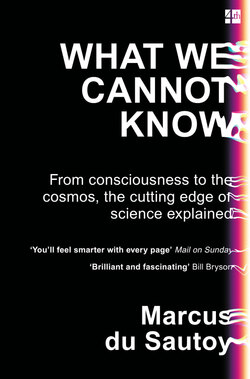Читать книгу What We Cannot Know - Marcus du Sautoy - Страница 48
RECIPE FOR MAKING A DICE
ОглавлениеHere then was a list of the atoms that were meant to make up all of matter. For example, my dice is made from putting together carbon atoms, oxygen atoms and hydrogen atoms into a structure called cellulose acetate. My own body is predominantly made up of combinations of these atoms but with a different structure. The cellulose acetate is a homogeneous structure free from bubbles, which makes it more likely to be fair. The more antique dice were made from a nitrate-based cellulose concocted by John Wesley Hyatt in 1868. His cocktail of nitric acid, sulphuric acid, cotton fibres and camphor produced an impressive substance with great tensile strength that resisted the effects of water, oils and even diluted acids.
Hyatt’s brother named it celluloid and it became a highly cost-effective substitute for objects that had previously been carved out of ivory or horn. Billiard balls and removable collars, piano keys and even my dice were made from this synthetic plastic. The dice that were made from cellulose nitrate were the industry standard in the early twentieth century, but after several decades of use they would almost instantaneously crystallize and decompose, crumbling in on themselves and releasing nitric acid gas.
The real collectors’ dice are those Vegas dice made from cellulose nitrate in the late Forties that avoided this crystallization. My dice won’t suffer the same fate. Here is a picture of how the atoms are put together inside my dice.
The identification of these elements was not a proof of a discrete model of matter. There was no reason that this picture of the ingredients of my dice couldn’t be a formula for the way a continuous structure combines. Although the chemists were tending towards an atomistic view of the universe, this was far from the case in the physics community. Those, like the German physicist Ludwig Boltzmann, who proposed atomic models of matter were laughed out of the lab.
Boltzmann believed that this atomic theory was a powerful way to interpret the concept of heat based on the idea that a gas was made up of tiny molecules bashing around like a huge game of micro-billiards. Heat was just the combined kinetic energy of these tiny moving balls. Using this model, combined with ideas of probability and statistics, he was successfully able to explain the large-scale behaviour of a gas. But most physicists were still committed to a continuous view of matter and were very dismissive of Boltzmann’s ideas.
Boltzmann was so ridiculed that he was forced to retreat from his belief that this billiard-ball theory of matter represented a true picture of reality, and instead was obliged to refer to it as a heuristic model if he wanted to get his ideas in print. As Ernst Mach, his great nemesis in the debate about the reality of atoms, declared mockingly: ‘Have you ever seen an atom?’
Boltzmann was plagued by fits of depression, and there is evidence that he was in fact bipolar. The rejection of his ideas by the scientific community is believed to have contributed to the depression that struck in 1906 and that led to him hanging himself during a holiday with his family near Trieste while his daughter and wife were out swimming.
It was a tragic end, not least because the most convincing evidence that he was right was just emerging. And it was one of the big names of physics who produced ideas that supported the atomistic view and were very hard to ignore. The work that Einstein and others did on Brownian motion would prove extremely difficult to explain for those who, like Mach, believed in a continuous view of the world.
